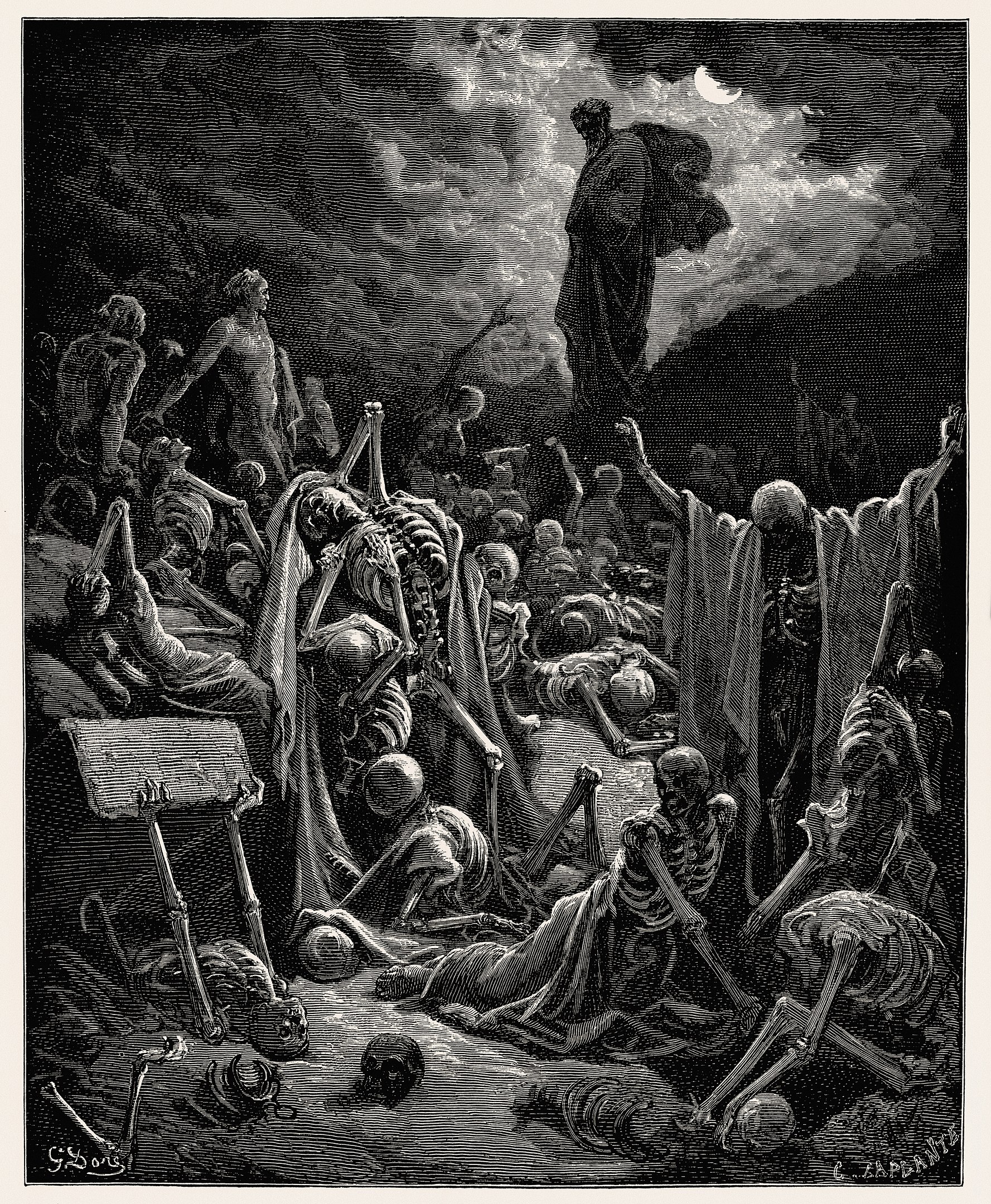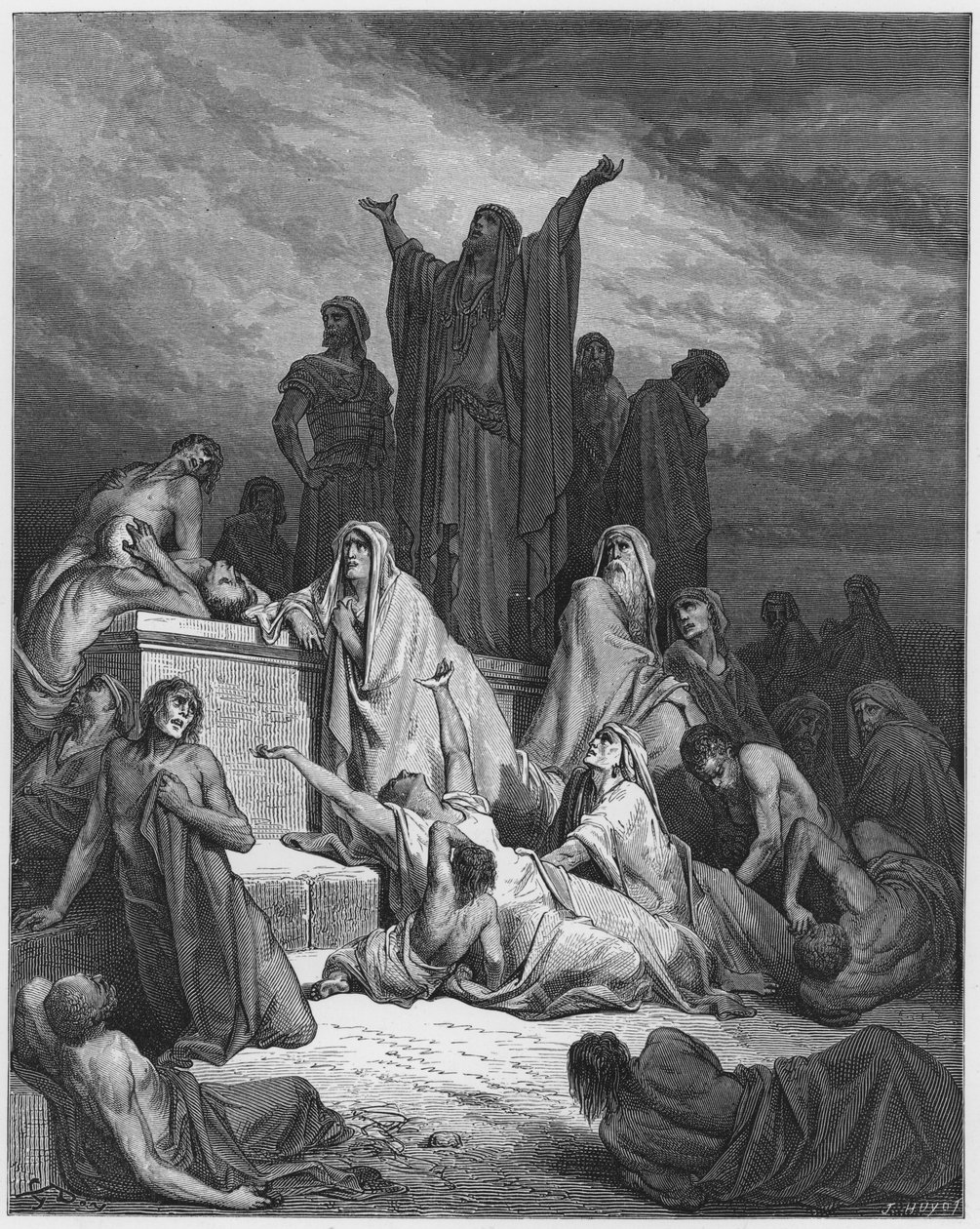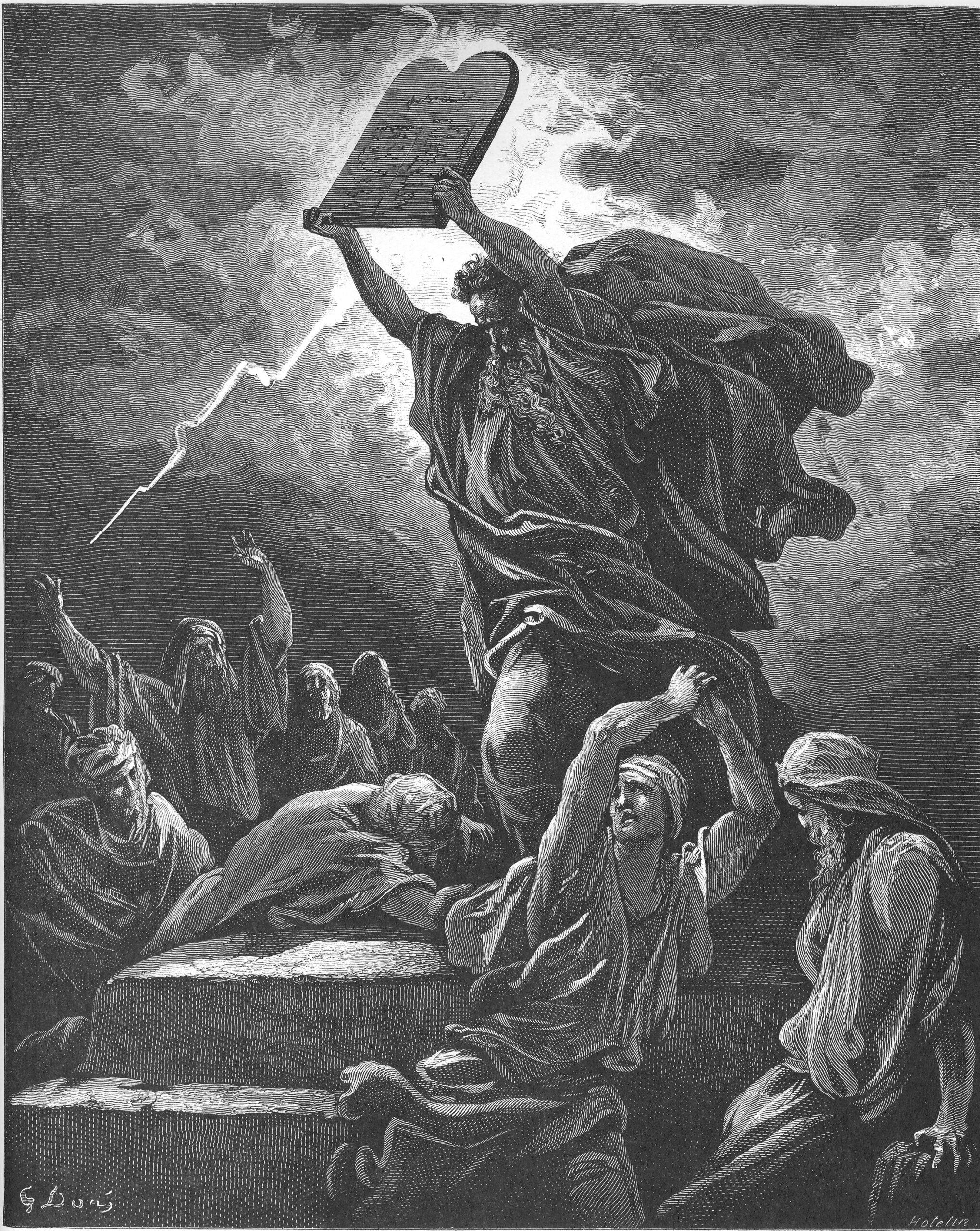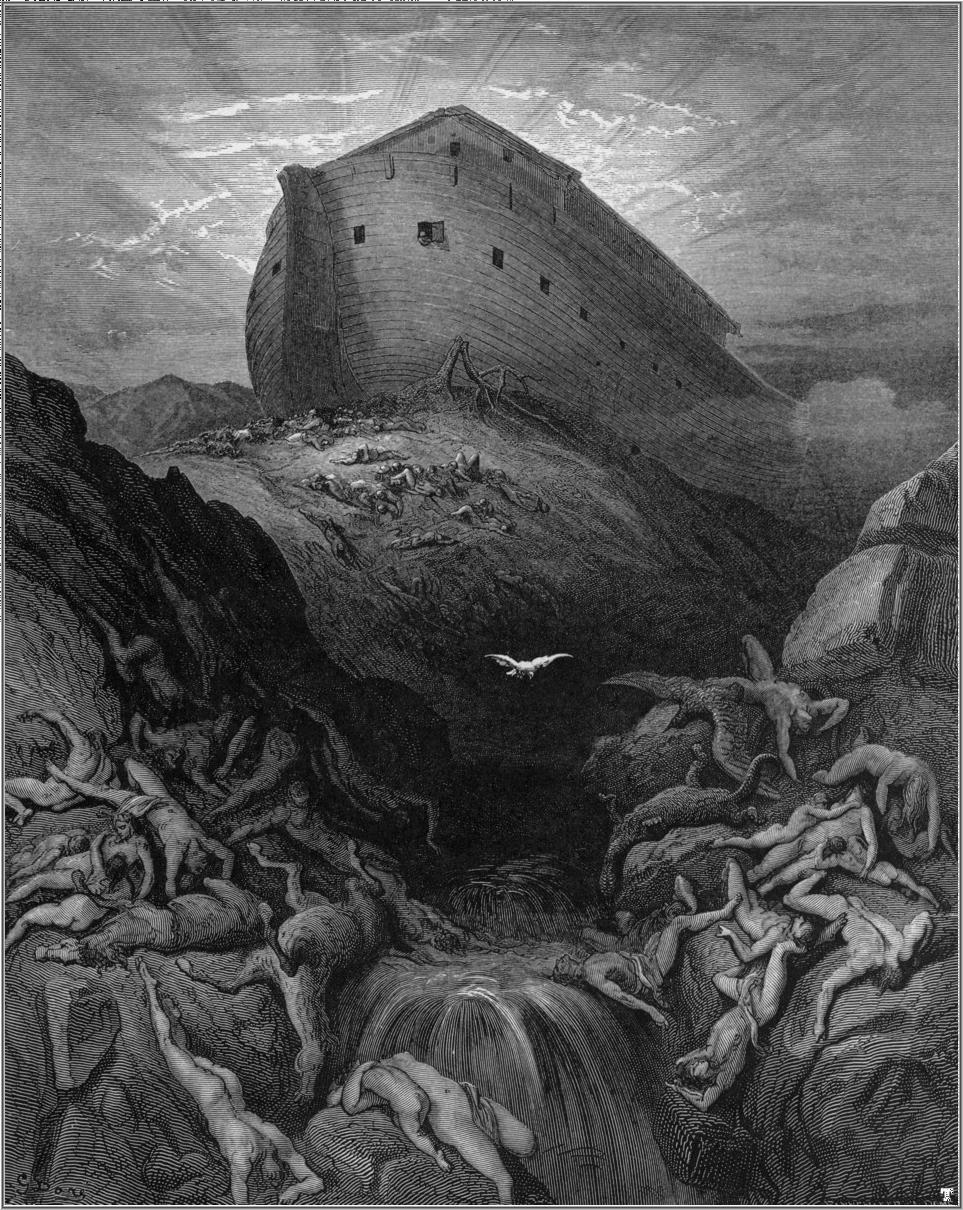Perhaps no single person did more to popularize Zen Buddhism in the West than Alan Watts. In a sense, Watts prepared U.S. culture for more traditionally Zen teachers like Soto priest Suzuki Roshi, whose lineage continues today, but Watts did not consider himself a Zen Buddhist. Or at least that’s what he tells us in the talk above, animated by Trey Parker and Matt Stone, the creators of South Park. “I am not a Zen Buddhist,” he says, “I am not advocating Zen Buddhism, I am not trying to convert anyone to it. I have nothing to sell.” Instead, he calls himself “an entertainer.” Is he pulling our leg?
After all, Watts was the author of such books as The Spirit of Zen (1936—his first), The Way of Zen (1957), and ”This Is It” and Other Essays on Zen and Spiritual Experience (1960). Then again, he also wrote books on Christianity, on “Erotic Spirituality,” and on all manner of mysticism from nearly every major world religion.
And he was ordained an Episcopal priest in 1945 and served as such until 1950. Watts was a tricky character—a strict anti-dogmatist who found all rigid doctrine irritating at best, deeply oppressive and dehumanizing at worst.
While Watts may not have been any sort of doctrinaire Zen priest, he learned—and taught—a great deal from Japanese Buddhist concepts, which he distills in the video at the top. He gleaned very similar insights—about the unity and interconnectedness of all things—from Daoism. Just above, see a very short animation created by Eddie Rosas, from The Simpsons, in which Watts uses a simple parable to illustrate “Daoism in perfection.”
The concepts Watts elucidates from various traditions are instantly applicable to ecological concerns and to our relationship to the natural world. “The whole process of nature,” he says above in a parable animated by Steve Agnos, “is an integrated process of immense complexity.” In this case, however, rather than offering a lesson in unity, he suggests that nature, and reality, is ultimately unknowable, that “it is really impossible to tell whether anything that happens in it is good or bad.” The most reasonable attitude then, it seems, is to refrain from making judgments either way.
It’s that tendency of the human mind to make hasty, erroneous judgments that comes in for critique in the Watts talk above, animated by Tim McCourt and Wesley Louis of Westminster Arts & Film London. Here, he reaches even deeper, investigating ideas of personal identity and the existence of the ego as an entity separate from the rest of reality. Returning to his grand theme of interconnectedness, Watts assures us it’s “impossible to cut ourselves off from the social environment, and also furthermore from the natural environment. We are that; there’s no clear way of drawing the boundary between this organism and everything that surrounds it.” But in order to discover this essential truth, says Watts, we must become “deep listeners” and let go of embarrassment, shyness, and anxiety.
If you enjoy these excerpts from Alan Watts’ lectures, you can find many hours of his talks online. What Watts would have thought of this, I do not know, but I’m certain he’d be glad that so much of his work—hours of lectures, in fact—is available free of charge on YouTube.
Related Content:
The Greatest Hits of Alan Watts: Stream a Carefully-Curated Collection of Alan Watts Wisdom
What If Money Was No Object?: Thoughts on the Art of Living from Eastern Philosopher Alan Watts
Zen Master Alan Watts Discovers the Secrets of Aldous Huxley and His Art of Dying
Alan Watts On Why Our Minds And Technology Can’t Grasp Reality
Josh Jones is a writer and musician based in Durham, NC. Follow him at @jdmagness





